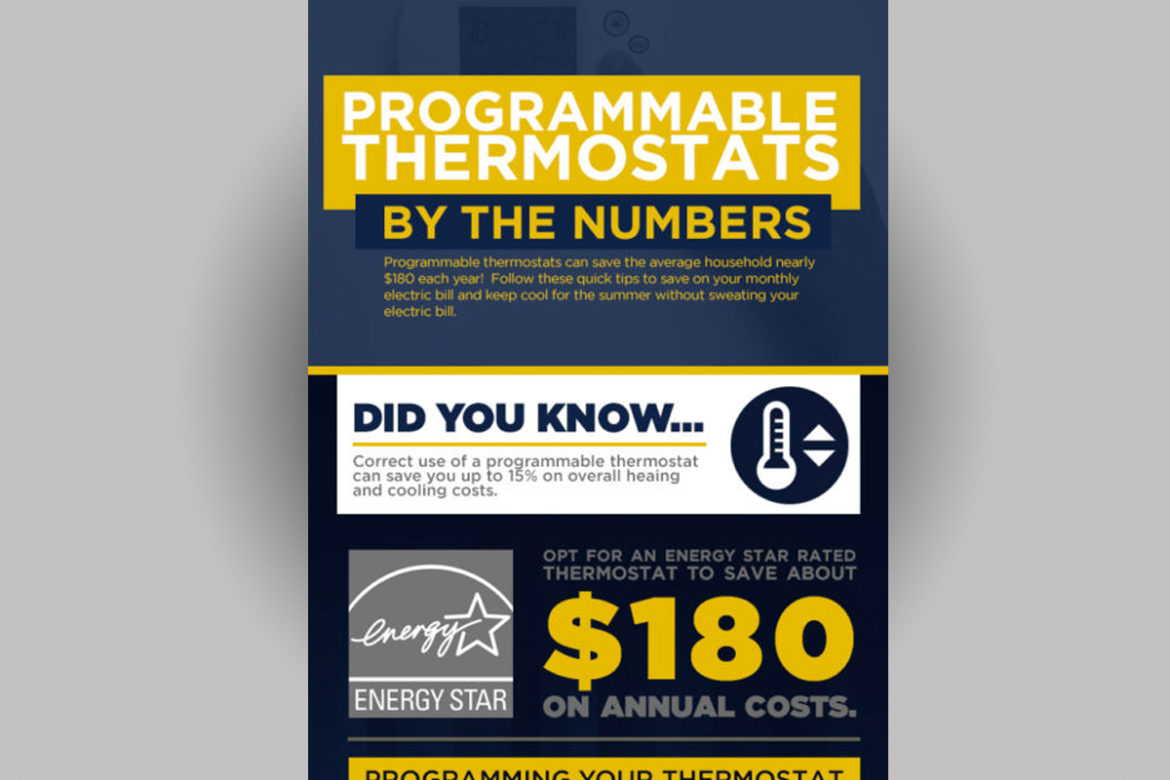The Future Of Home Home Heating - How Heat Pump Innovation Is Developing
The Future Of Home Home Heating - How Heat Pump Innovation Is Developing
Blog Article
Web Content Create By-Skaaning Dominguez
Heatpump will certainly be a crucial innovation for decarbonising home heating. In a situation consistent with federal governments' introduced power and environment dedications, their international capacity doubles by 2030, while their share in home heating rises to one-quarter.
They function best in well-insulated homes and rely on electrical energy, which can be supplied from a renewable power grid. Technical developments are making them a lot more efficient, smarter and less expensive.
Gas Cells
Heat pumps make use of a compressor, cooling agent, coils and followers to move the air and warm in homes and appliances. They can be powered by solar energy or electrical energy from the grid. They have been gaining appeal as a result of their low cost, peaceful operation and the ability to generate electricity throughout peak power demand.
Some firms, like IdaTech and BG MicroGen, are dealing with fuel cells for home heating. These microgenerators can replace a gas boiler and generate a few of a house's electric demands with a connection to the electrical power grid for the remainder.
But there are factors to be doubtful of using hydrogen for home heating, Rosenow says. It would be expensive and ineffective contrasted to other technologies, and it would add to carbon discharges.
Smart and Connected Technologies
Smart home modern technology enables property owners to link and regulate their gadgets from another location with making use of smart device apps. For instance, wise thermostats can discover your heating choices and immediately adapt to enhance power usage. Smart illumination systems can be regulated with voice commands and automatically shut off lights when you leave the room, reducing energy waste. And clever plugs can keep an eye on and handle your electrical use, enabling you to recognize and restrict energy-hungry devices.
The tech-savvy home depicted in Carina's interview is a great image of how passengers reconfigure area heating practices in the light of new wise home innovations. They rely upon the tools' automated functions to accomplish day-to-day changes and regard them as a convenient means of conducting their heating methods. Because of this, they see no reason to adjust their practices further in order to enable flexibility in their home power demand, and interventions aiming at doing so may encounter resistance from these households.
Power
Because warming homes accounts for 13% of US emissions, a switch to cleaner options might make a big difference. However the modern technology encounters obstacles: It's costly and requires comprehensive home improvements. And it's not constantly compatible with renewable resource resources, such as solar and wind.
Until lately, electric heat pumps were too pricey to take on gas models in a lot of markets. However brand-new advancements in design and materials are making them a lot more budget-friendly. And much better cool environment efficiency is allowing them to work well even in subzero temperatures.
The following step in decarbonising heating might be making use of heat networks, which attract heat from a main source, such as a close-by river or sea inlet, and disperse it to a network of homes or buildings. That would certainly lower carbon discharges and allow families to make use of renewable resource, such as eco-friendly electrical energy from a grid provided by renewables. This choice would certainly be much less costly than switching over to hydrogen, a nonrenewable fuel source that calls for new facilities and would only minimize CO2 emissions by 5 percent if paired with enhanced home insulation.
Renewable resource
As electricity prices go down, we're starting to see the same pattern in home heating that has driven electric cars into the mainstream-- but at an also faster rate. https://theconversation.com/5-tips-to-make-your-fuel-tank-last-longer-while-prices-are-high-180134 for impressive homes has been pressed further by new research.
Renewables represent a significant share of contemporary heat usage, however have been provided minimal policy interest internationally contrasted to other end-use fields-- and even less interest than power has. Partially, this reflects a mix of customer inertia, divided rewards and, in several countries, aids for nonrenewable fuel sources.
New innovations could make the change simpler. As an example, heatpump can be made a lot more energy reliable by replacing old R-22 refrigerants with new ones that don't have the high GWPs of their predecessors. Some specialists additionally imagine district systems that draw warmth from a close-by river or sea inlet, like a Norwegian fjord. The cozy water can then be made use of for heating and cooling in an area.